QUESTION
This exam consists of twenty-four questions. The value of each question is indicated by the question. Approach these questions in the same manner as you did on previous assignments. If the question asks for an explanation with your answer, then the quality of that explanation counts in your mark for the question. The total possible high mark for this exam is 200 marks.
Categorical Syllogism Questions 1-5: (10 marks each) The following five passages contain arguments. For each argument formulate it as a standard form categorical syllogism. Indicate the Major Term, Minor Term, and Middle Term of each categorical syllogism. Indicate the mood and figure of each categorical syllogism. Assuming the Boolean Standpoint, determine the validity of each categorical syllogism by producing a Venn Diagram for the syllogism. Provide a brief statement about the Venn Diagram that indicates what in the diagram shows invalidity or validity. If the categorical syllogism is invalid explain which of our text’s rules of validity the categorical syllogism violates. <HINTS: You may have to translate some premises or conclusions into standard form categorical propositions. This may also involve using the conversion, obversion, or contraposition operations. Question 5 is an enthymeme. An enthymeme is an argument that is expressible as a categorical syllogism but is missing a premise or a conclusion. When completing an enthymeme you should always try to make the resulting categorical syllogism valid.>
1. No red kings are red queens, for no red queens are knaves, and no red kings are knaves.
2. Since no red kings are queens of hearts, and some queens of hearts are playing cards, it follows that
some playing cards are red kings.
3. Since some coins desired by coin collectors are circulating coins, and no coin coveted by a coin
collector is common, we may conclude that a few rare coins are found is circulation.
4. Anyone who should be invited to a pun festival enjoys playing with language, but no one who writes
logic problems should be invited to a pun festival, so no one who enjoys playing with language writes
logic problems.
5. Since every argument of the mood and figure AAA-1 is valid, this argument is valid.
Propositional Logic Translation Questions 6-9: (5 marks each) Translate the following statements into
symbolic form using the text symbols for truth functional connectives, and upper case letters to represent
affirmative ordinary language statements. Clearly indicate the simple statements you are symbolizing and
the symbol you are using to symbolize them.
6. The bank will not be robbed unless security is lax.
7. Two and two equal four.
8. Wilma will finish her book and make her publisher happy only if she is allowed time to work.
9. Time has neither a beginning nor an end if time is not finite and not circular.
10. Construct a truth table for the following statement. Indicate whether the statement is a tautology, a
contradiction, or a contingent statement. Do not use any shortcuts in the table. After completing your truth
table explain how it indicates your answer. (10 marks)
[A v (A º ~B)] º ( ~B É A)
11.
Construct a truth table to determine whether the following pair of statements are logically equivalent.
Do not use any shortcuts in the table. After completing your truth table explain how it indicates your
answer. (10 marks)
~ (A • B) v ~ (B v C)
(~ A v ~ B) v (~ B • ~ C)
12.
Construct a truth table to determine whether the following argument is valid or invalid. Do not use
any shortcuts in your truth table. After completing your truth table explain how it indicates your answer.
(10 marks)
1) ~ (A • B)
2) ~ ( ~ B v C)
\ ~ A
Propositional Logic Proof Questions 13-15: (10 marks each) Provide a formal proof of validity of the following arguments. You may use CP, or IP, in addition to any of the 18 rules of inference.
13.
1) ~ (A É B)
2) C É B
3) ~ A v D / \ D • ~ C
14.
1) [ (G • E) • B] v ( ~ G É ~ B)
2) G É E
3) E É B / \ G º B
15.
1) B º [ (L • P) v W]
2) ~L É W
3) ~ (P • B) • ~ ( ~ P • ~ B) / \ ~P
16.
Symbolize the following argument, using symbolized statements and the relevant truth–functional connectives. Indicate the upper case letters you use to symbolize ordinary language simple statements. Determine whether the argument is valid or invalid. In order to do that, you may construct a complete truth table, use the indirect method, or construct a formal proof of validity. (10 marks)
Taylor is lonely, and she will either find a mate or remain single. If Taylor does not remain single, then she will become a mother.
If Taylor is lonely if and only if she remains single, then Taylor will not remain single. Therefore, Taylor will become a mother.
Predicate Logic Translation Questions 17 – 20: (5 marks each 20 marks total) Translate the following ordinary language statements into predicate logic symbolic form. You can use the predicate letters that are provided. Questions #19 – #20 are more advanced, please note the extra instructions for them.
17.
No coconuts are pink fruit. (C, P)
18.
Used cars are good if and only if they were well maintained and have low mileage. (U, G, M, L) Questions #19 – #20 are translations involving relational predicates, overlapping quantifiers, and identity. You can use the predicate letters provided.
19.
Every grandparent is the parent of a parent of someone. (Gx: x is a grandparent; Pxy: x is a parent of y)
20.
There is at least one famous custodian. (Fx: x is famous; Cx: x is a custodian) Predicate Logic Proof of Validity Questions 21-23: (10 marks each) The following 3 arguments are valid. Provide a proof of validity for each argument. You can use the 18 rules of inference, CP, IP, the rules for introducing and removing quantifiers and the Change of Quantifier rules. Questions #22 and #23 are more challenging. They involve relational predicates, overlapping quantifiers, and identity.
21.
1. (x) [Wx É (Xx É Yx)]
2. ($x) [Xx • (Zx • ~ Ax)]
3. (x) [(Wx É Yx) É (Bx É Ax)] /\ ($x) ( Zx • ~Bx)
22.
1. (x) (y) (Fxy É ~Fyx)
2. Fba /\ Fba
23.
1. (Fb • Gab) • (x) [(Fx • Gax) É x=b]
1. ($ x) [(Fx • Gax) • Hx] /\ Hb
Proving Invalidity Question 24: (10 marks) The following argument is invalid. Show it to be invalidusing the finite universe method.
24.
1. (x) (Hx É Mx)
2. ($x) (Mx• Bx) /\ ($x) (Hx • Bx)
This term exam, like all the assignments and term exams for this section of PHIL 1320, contains somequestions from some of the following:
1. Baronett, Stan. Logic Second Edition. OUP. (New York: 2013) ISBN 978-0-19-984631-3.
2. Flage, Daniel E.. Understanding Logic. Prentice-Hall. (Englewood Cliffs New Jersey: 1995) ISBN 0-
02-338173-6
3. Salmon, Merrilee H.. Introduction to Logic and Critical Thinking Third Edition. Harcourt Brace &
Company. (Fort Worth: 1995) ISBN 0-15-543064-5
4. Warmbrod, Ken. Logic and Philosophy of Logic Course Guide for Philosophy 2430. University of
Manitoba. (Winnipeg: 2013) ISBN 978-0-200-00202-8
ANSWER
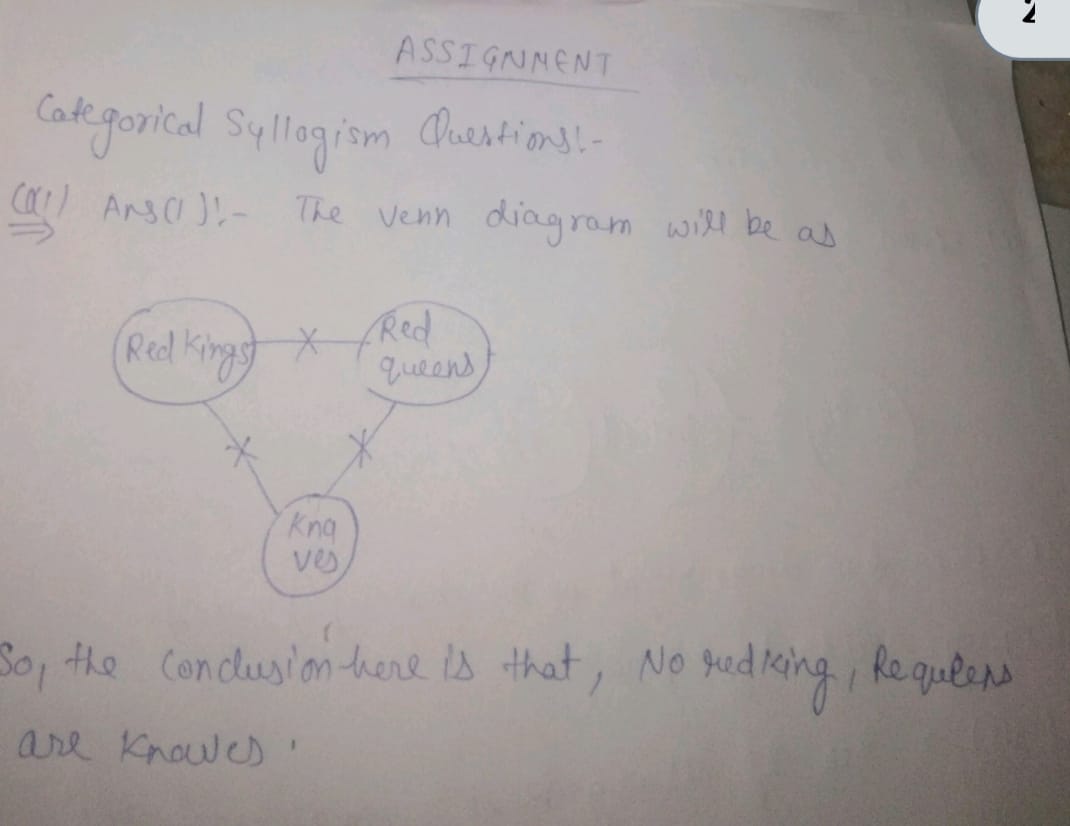
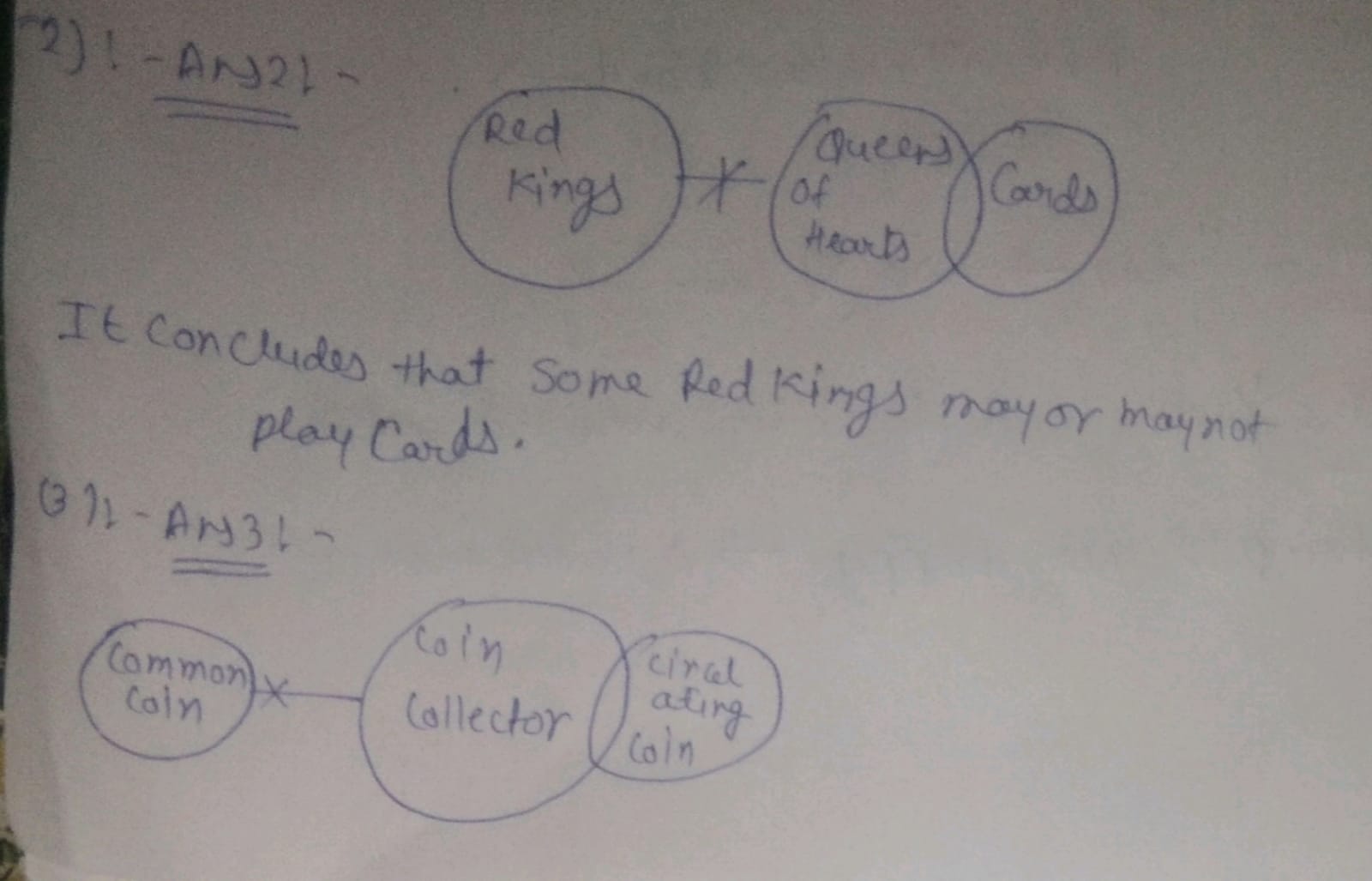
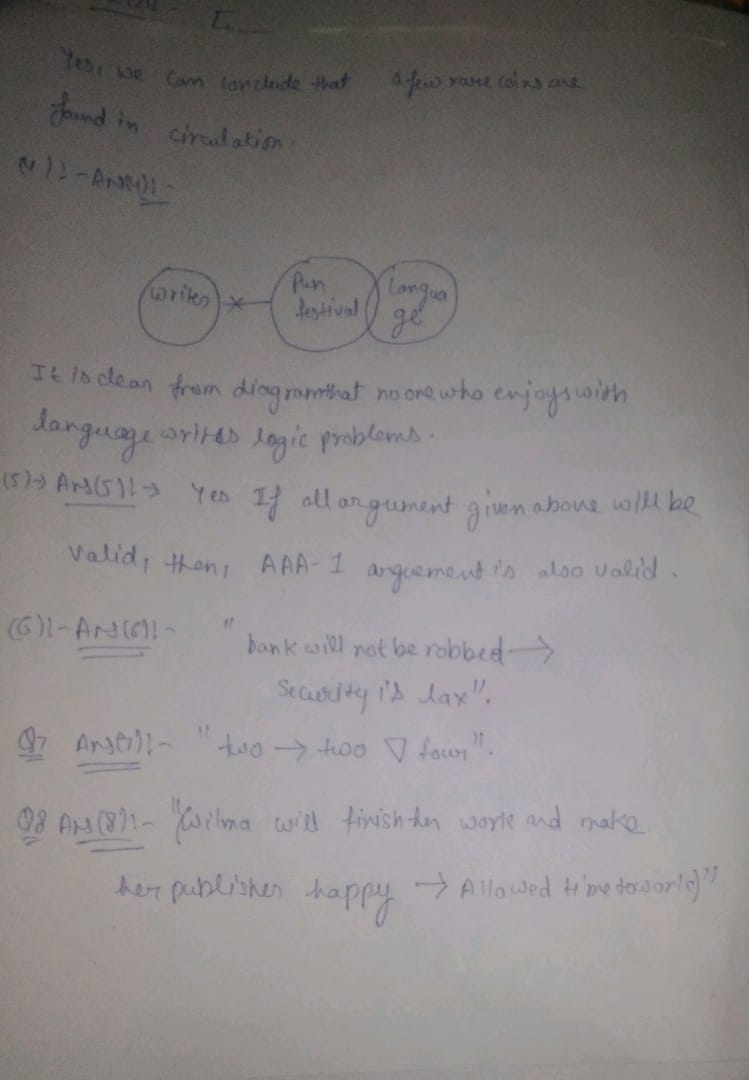
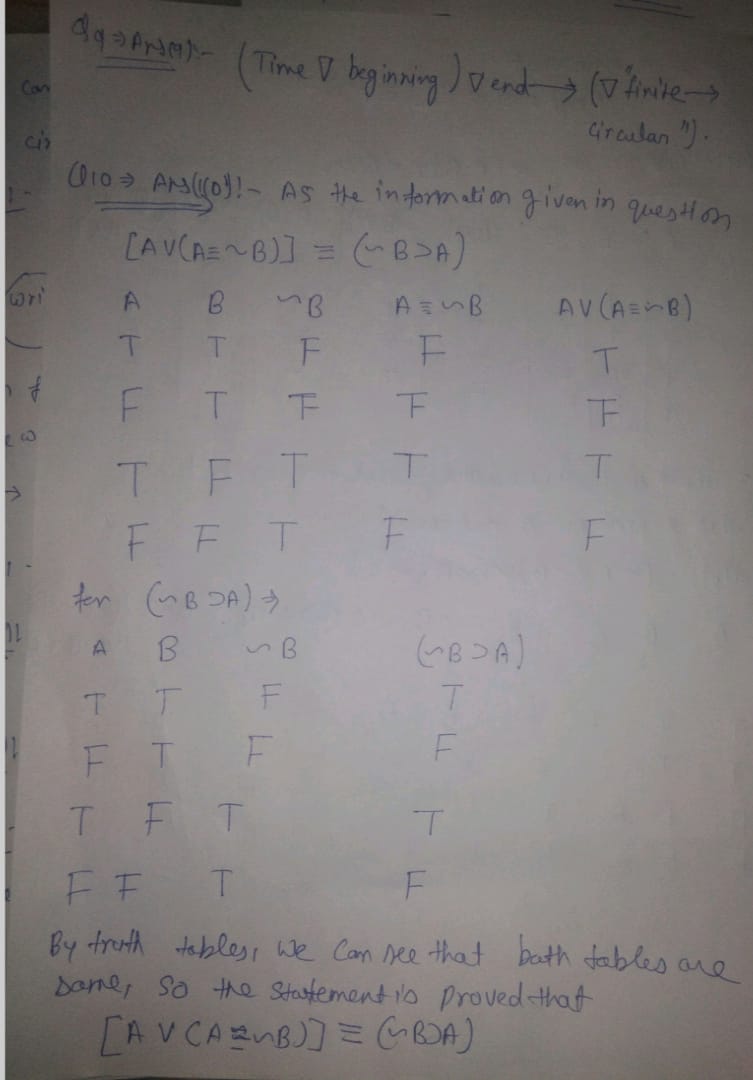
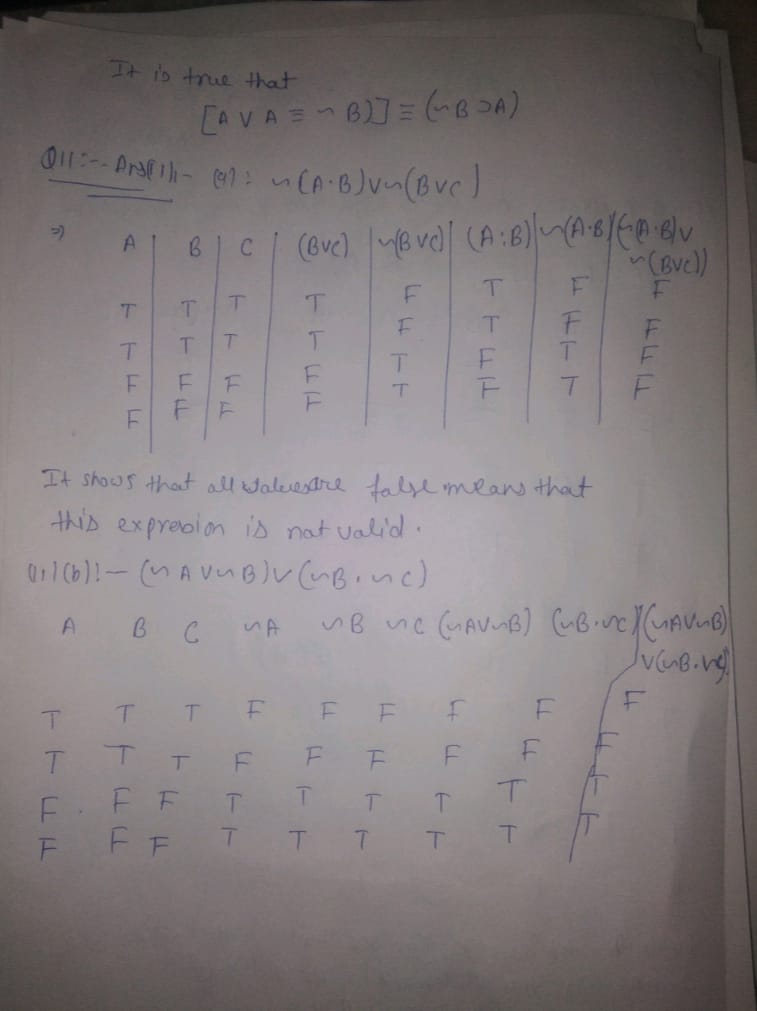
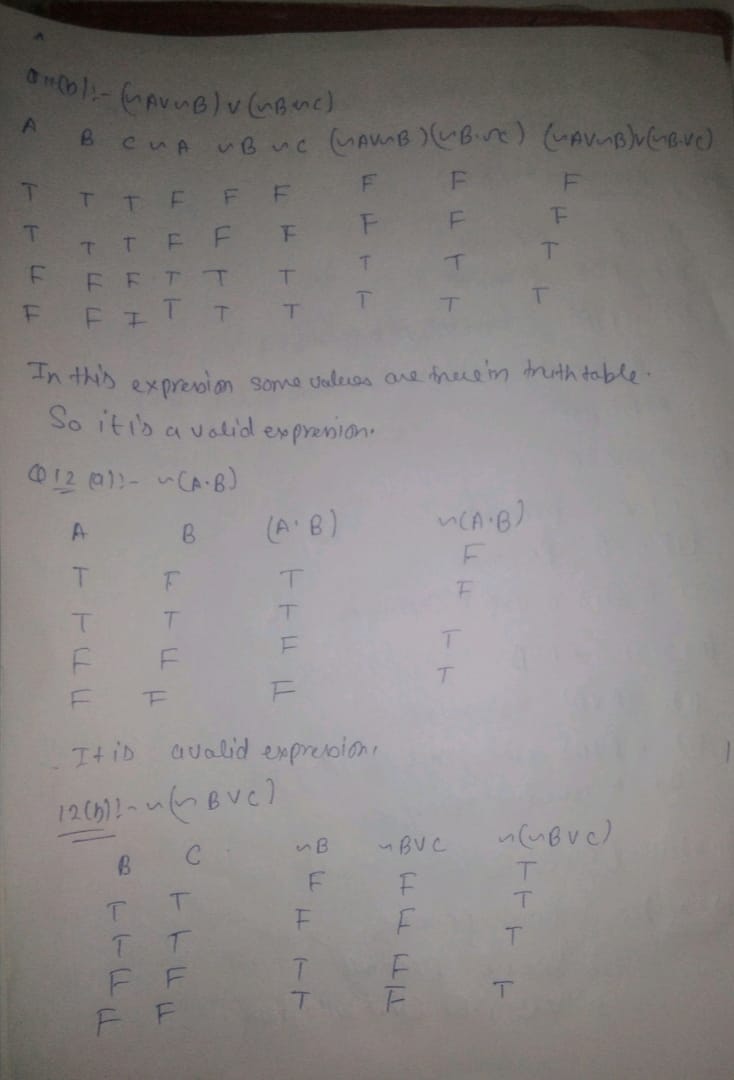

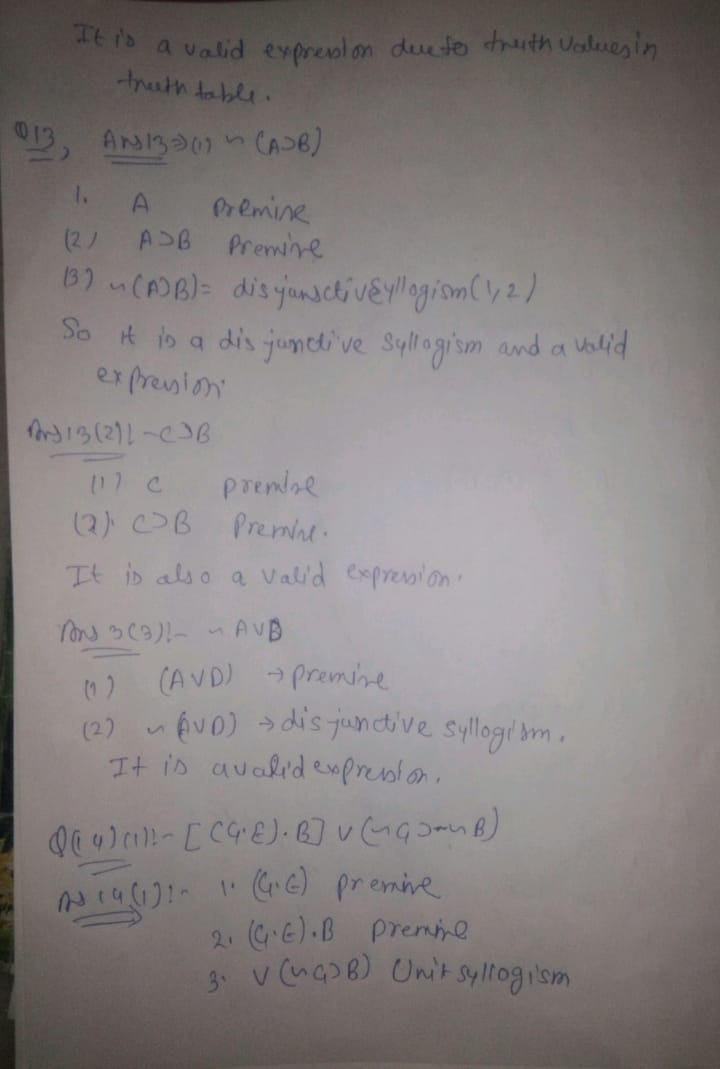
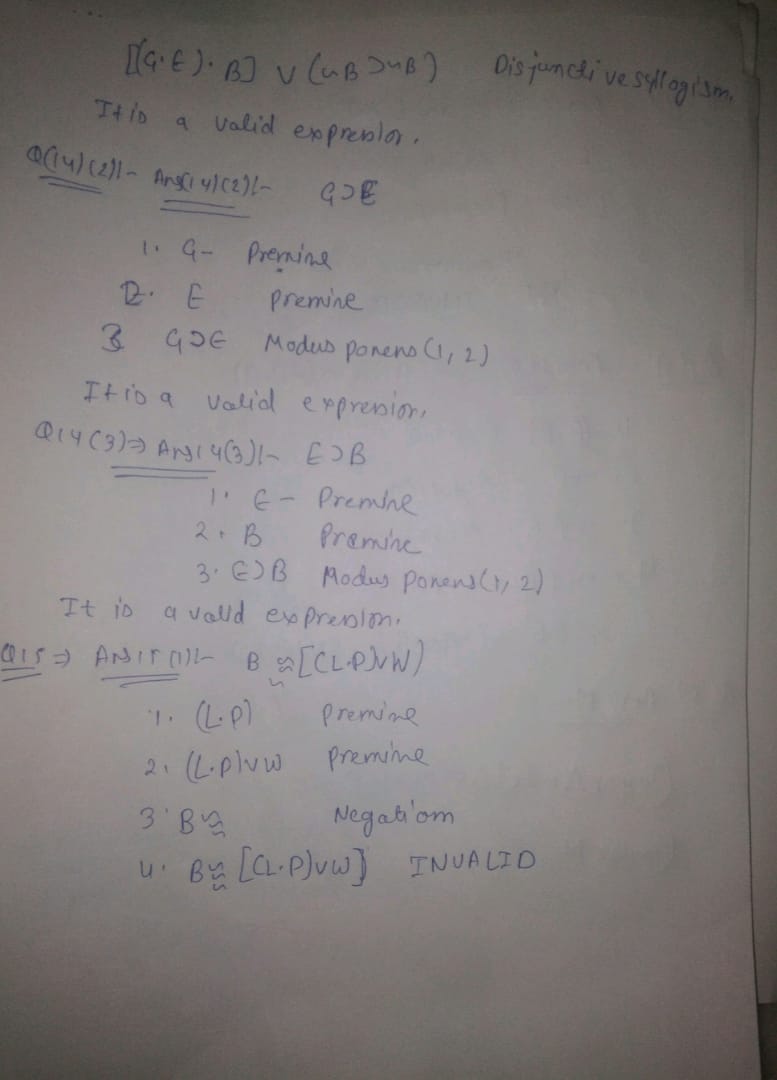
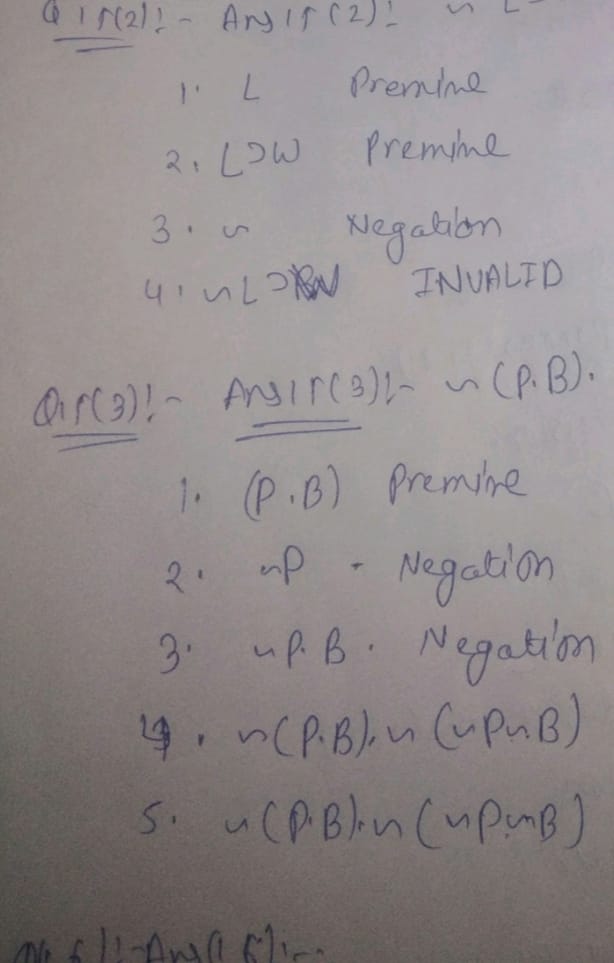
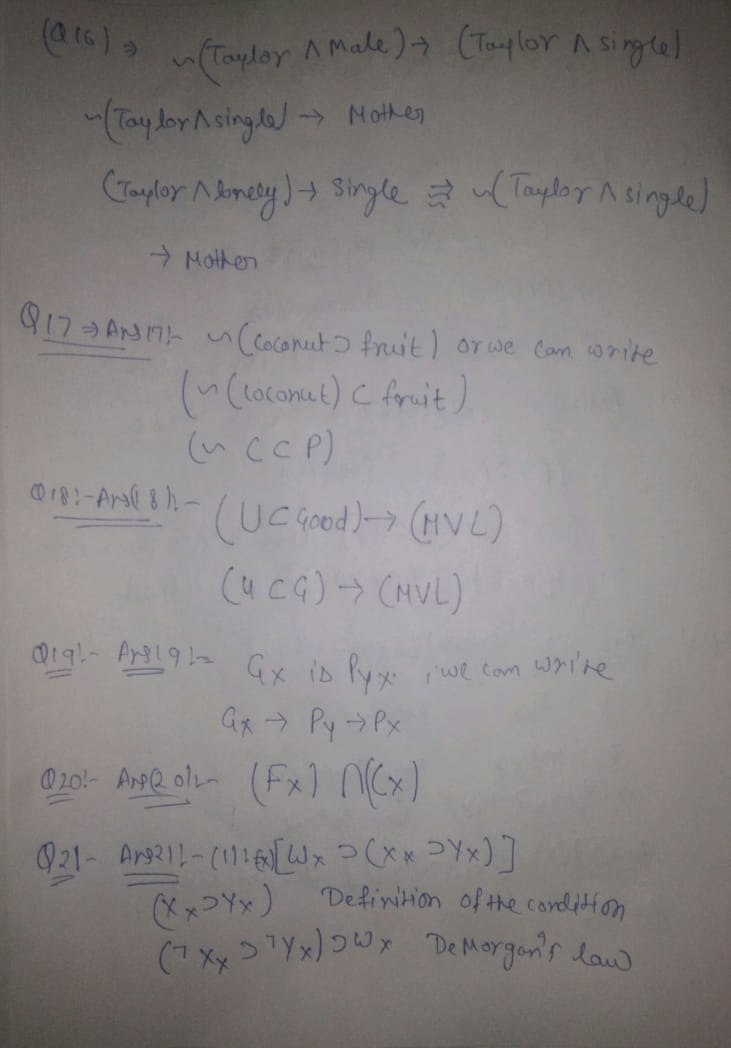
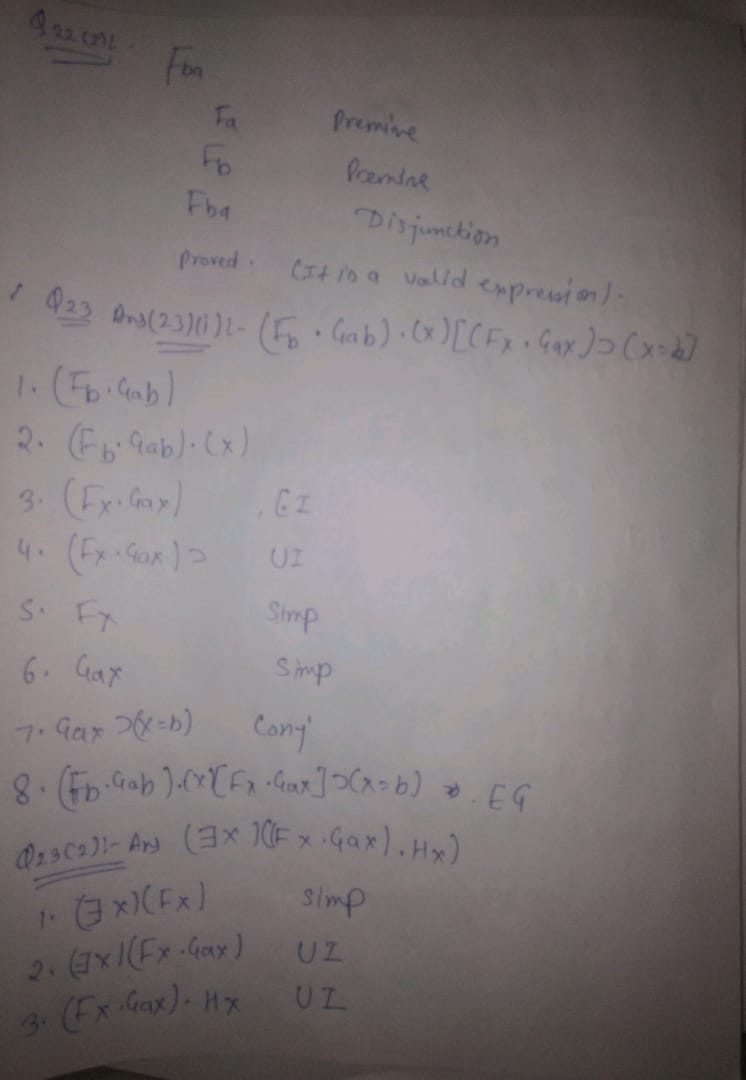
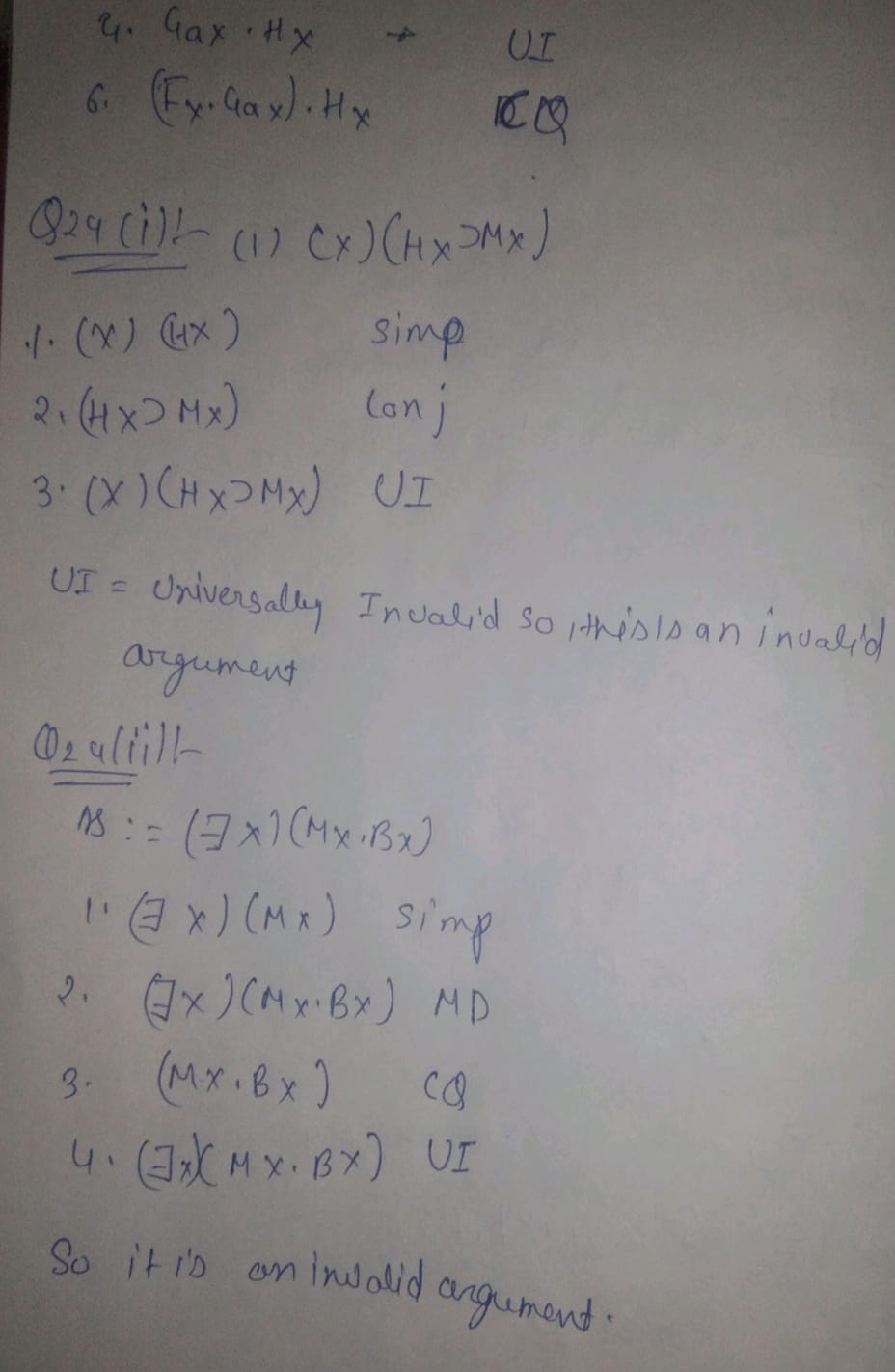
Looking for best Mathematics Assignment Help. Whatsapp us at +16469488918 or chat with our chat representative showing on lower right corner or order from here. You can also take help from our Live Assignment helper for any exam or live assignment related assistance